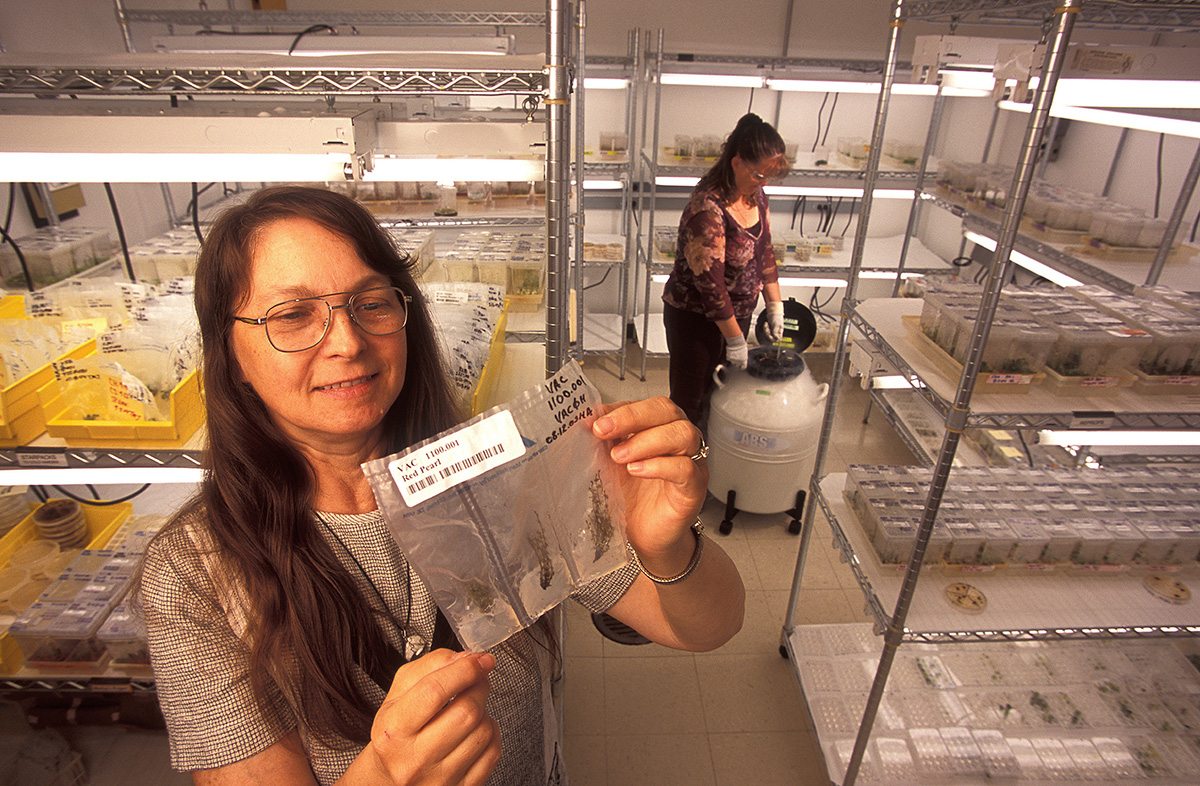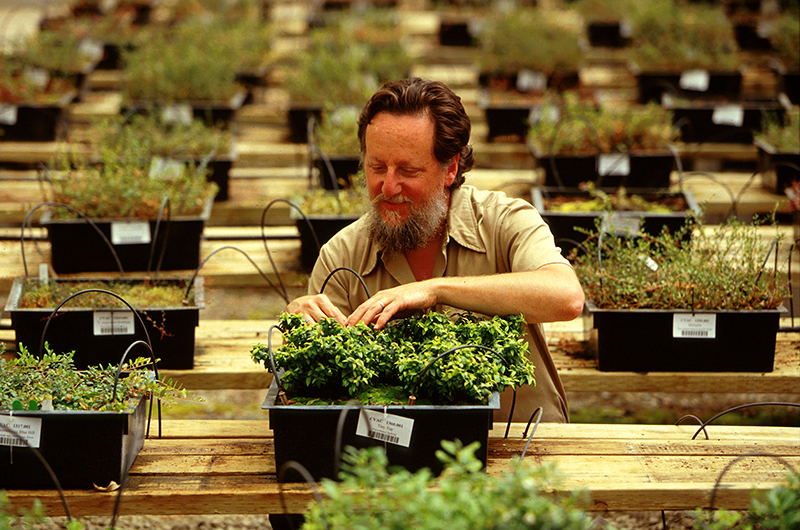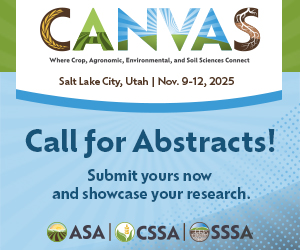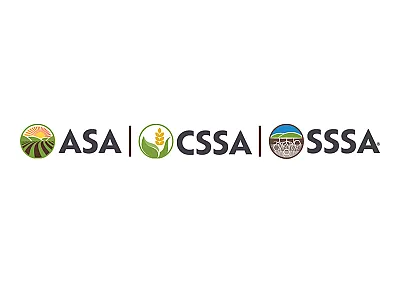Communicating the return on investment of our genebanks
Examining our educational activities in the midst of federal cuts to funding, personnel

Most members of ASA, CSSA, and SSSA recognize the threat that the recent federal funding and personnel cuts in the U.S. would pose to U.S. agriculture, markets, and world food security. Investment in genebanks returns millions of dollars to U.S. farmers and consumers annually. What are we failing to do in our communication and education activities that are not reaching the people who most greatly benefit from the genebanks?
A New York Times article published last month sounded the alarm that recent federal funding and personnel cuts could endanger the seeds and clonal collections of the USDA-ARS National Plant Germplasm System (NPGS). We in ASA, CSSA, and SSSA would correctly understand the threat that such cuts would pose to U.S. agriculture, markets, and world food security.
Most people also understand the purpose of the Svaldbard global seed vault, dubbed the “Doomsday Vault.” But the collections of the NPGS are not for a hypothetical worst case future scenario. They are working collections that contribute to world-saving food security on a daily basis from changing and evolving threats to agriculture. Investment in genebanks returns millions of dollars to U.S. farmers and consumers annually.
We may be preaching to the choir via this CSA News article, but are asking this: what are we failing to do in our communication and education activities that are not reaching the people who most greatly benefit from the genebanks (i.e., farmers, food processors, seed companies, research organizations, and consumers)? Why are these cuts being threatened and enacted?
Demonstrating the impact of the genebanks
The scientific staff of the NPGS continuously strives to demonstrate the impact of the genebanks and their collections to the U.S. taxpayers who fund them. Specific examples of genebank accessions that have contributed important traits or genes that saved a crop’s production from biotic or abiotic threats, regionally, nationally, globally, or even an entire industry abound, and some have been gathered into a book of success stories. Similarly, examples abound of how accession utilization has contributed to new crop varieties, new traits, or enabled new market uses and niches, thus enhancing crop value. All contribute to economic security.
However, many cultivars bred with genebank materials in their pedigrees are not publicized. We encourage breeders who create new varieties using NPGS accessions to clearly state this in plant registrations when possible. It is understandable that many of the users of genebank materials work under strict IP and trade secret restrictions and are not able to disclose the parentage of their newest cultivars. These stakeholders have also been supportive of the genebanks by talking directly to USDA leadership and by educating successive generations of members of Congress and their staff about the fundamental importance of genebank resources.

These discussions have been key to the continued support of the NPGS since its very inception in 1898 and until the present. All germplasm and associated intellectual and physical resources are the purview of the federal government. Current fiscal uncertainty threatens the stability of federal support of key genebank activities that ensure germplasm security, viability, the preservation and availability of associated information, and retention of key scientific and curatorial personnel.
Continuing efforts around educational materials
We thank our colleagues and stakeholders for their past support and encourage them to continue their educational efforts. Finally, the outreach arms of university and professional societies such as ASA, CSSA, and SSSA can reach interested parties, from creating K-12 educational packets, public outreach with museums, botanical gardens, universities and other venues, and online dissemination efforts, regarding genebank resources and mission. We encourage them to continue these efforts as well.
We all need to thank the USDA for creating the premiere genebank system, a key element of the foundation of U.S. agriculture, rangeland pasture productivity, beautiful golf courses and playfields, responsive revegetation efforts after natural disasters, beautiful ornamental plants, healing medicinal plant, and healthy new fruits and vegetables, grains, pulses, and other foods for discerning consumers. Genebank efforts ensure that unique, irreplaceable germplasm treasures and knowledge, created over generations of scientists, are curated for long-term maintenance and use, generating a return on investment to a level found in almost no other public good resource.
Members Forum
This article is part of our Members Forum—a place to share opinions and perspectives on any issue relevant to our members. The views and opinions expressed in this column are not necessarily those of the publisher. Do you have a perspective on a particular issue that you’d like to share with fellow members? Submit it to CSA News. Submissions should be 800 words or less and may be subject to review by our editors-in-chief.
Text © . The authors. CC BY-NC-ND 4.0. Except where otherwise noted, images are subject to copyright. Any reuse without express permission from the copyright owner is prohibited.







